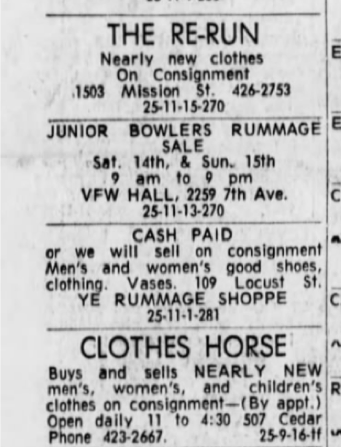
(via instyle)
in a word: no.
i am so not down.
so this is an article telling us that jackie had soooooooooooo much money and yet it still wasn’t enough because she needed endless caboodles of money and so she spent a fortune buying mountains of clothes so that she could consign them and make more money. because jackie was a greedy bitch. JUST LIKE US!!!!!!!!!
wait up.
firstly, wtf is being sold here?

(via instyle)
I SEE NO PRODUCTS!! am i so inured to click-capitalism that i no longer even see the products being sold to me??!
that’s distressing.
also, in the video accompanying this article, there appears this line:

(via instyle)
a word salad if ever there was one, because wtf is this “multi-generational diaspora”? of the kennedys? there was a diaspora of kennedys?
anyhoooooo, this is a typical bit of clickbait, following a traditional trajectory of: jackie! claims from a recentishly published book! just like you! huzzah.
BUT, UGH.

(via instyle)
true story: onassis was wealthy. like, legitimately wealthy (not trump wealthy). onassis married jackie. as onassis’s wife, jackie had access to his wealth.
as a human being in her own right, jackie had, historically, seemed to enjoy shopping and buying fine things.
ie. consumption. ie. the thing that makes american go round and which it is, historically, our patriotic duty to do.
about a year into the onassis marriage, a former kennedy employee– mary barelli gallagher– published a memoir fully detailing how the former first lady and president kennedy frequently fought over her bills and how she often consigned her clothes for cash and privately sold objets d’art at auctions.
jackie wasn’t the only one doing these things. this was standard practice for well-to-do new york women, who had limited access to money outside of store-based charge accounts and whose husband’s expected them to be seen in new outfits, lest a repeat make it appear business was down.
in jackie’s case, there is evidence that the problem of repeating outfits was not her primary motivation. she regularly re-wore clothes, much to the consternation of the photographers whose pictures went for far less as a result. so she seems to have sold clothes because she wanted the cash.
we’re talking about a time when women could not apply for credit without a male co-signer. that wasn’t possible until the passage of the equal opportunity credit act of 1974, which went in effect in june 1976. and so, in the decades before that, for women of all classes, clothes consignment could be a way of earning quick cash.

and people needed money.


this instyle article points out that onassis gave her an allowance.

(via instyle)
which makes it sound like he handed her an envelope of cash every month.
according to most accounts, it came in the form of charge accounts at stores. and she had to file her bills with his office. after the first year of their marriage, her bills reportedly began to be met with resistance and questions.
“not one to beg,” she resorted to “sneaky” behavior, per this article.
put differently: she didn’t feel she could ask her husband for cash and she didn’t have access to money of her own.
note how that’s an interpretation which renders the act of consigning clothes more desperate than sneaky.

(via instyle)
GOOD GOD, NO!!!!! that is not the moral of this story.
the moral of this story is that women– even wildly privileged ones– have long existed in financially precarious circumstances, and still do. and that maybe we need to consider that when writing their stories, rather than simply depicting them as greedy money-grubbers.
